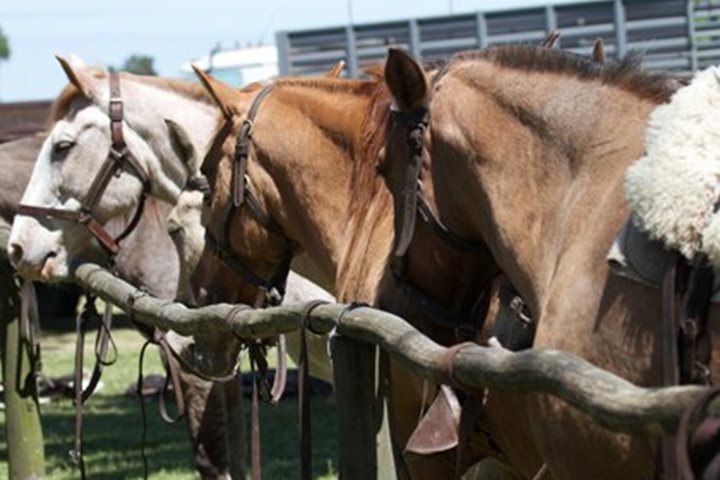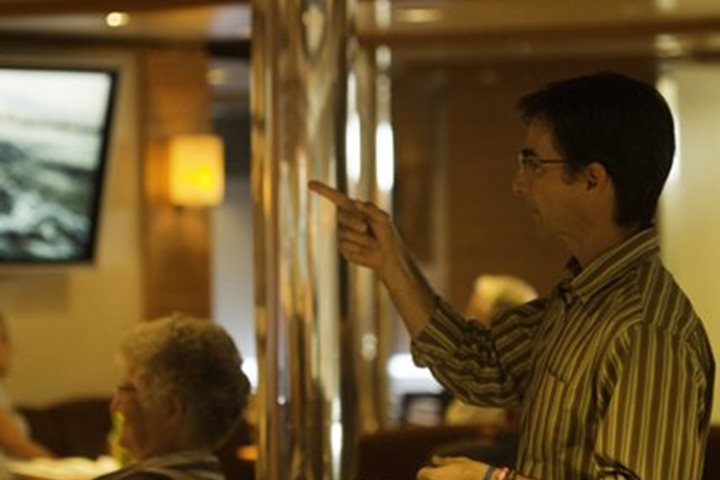Today we continued our journey along the coast of Brazil. The distances we are covering give us a true sense of the size of this country, the fifth largest in the world. Brazil is said to have 7,000 km of coastline, and we are beginning to have a sense of that scale. For example, we crossed the Equator at the entrance to the Amazon River delta and today we are approaching the Tropic of Capricorn.
After the whale watching highlight of yesterday it was unlikely that wildlife sightings could exceed the spectacle of multiple humpback whales, but we kept an active watch from the bridge. Instead of whales, seabirds provided entertainment today. The highlight was several yellow-nosed albatrosses; the first albatrosses of this voyage and a sure sign of reaching more southerly latitudes. These ocean wanderers breed in the Tristan da Cunha group in the South Atlantic, about 2,500 kilometers from our current location.
The other sightings today were mainly of other ocean-going traffic. This region is of major importance to the hydrocarbon industry in Brazil, and we saw plenty of evidence of this in the form of rigs, supply vessels, tankers and seismic survey vessels. After an excellent dinner prepared by the Filipino galley crew we retired to bed to rest in preparation for an early morning arrival and an exciting couple of busy days ahead in Rio de Janeiro.







